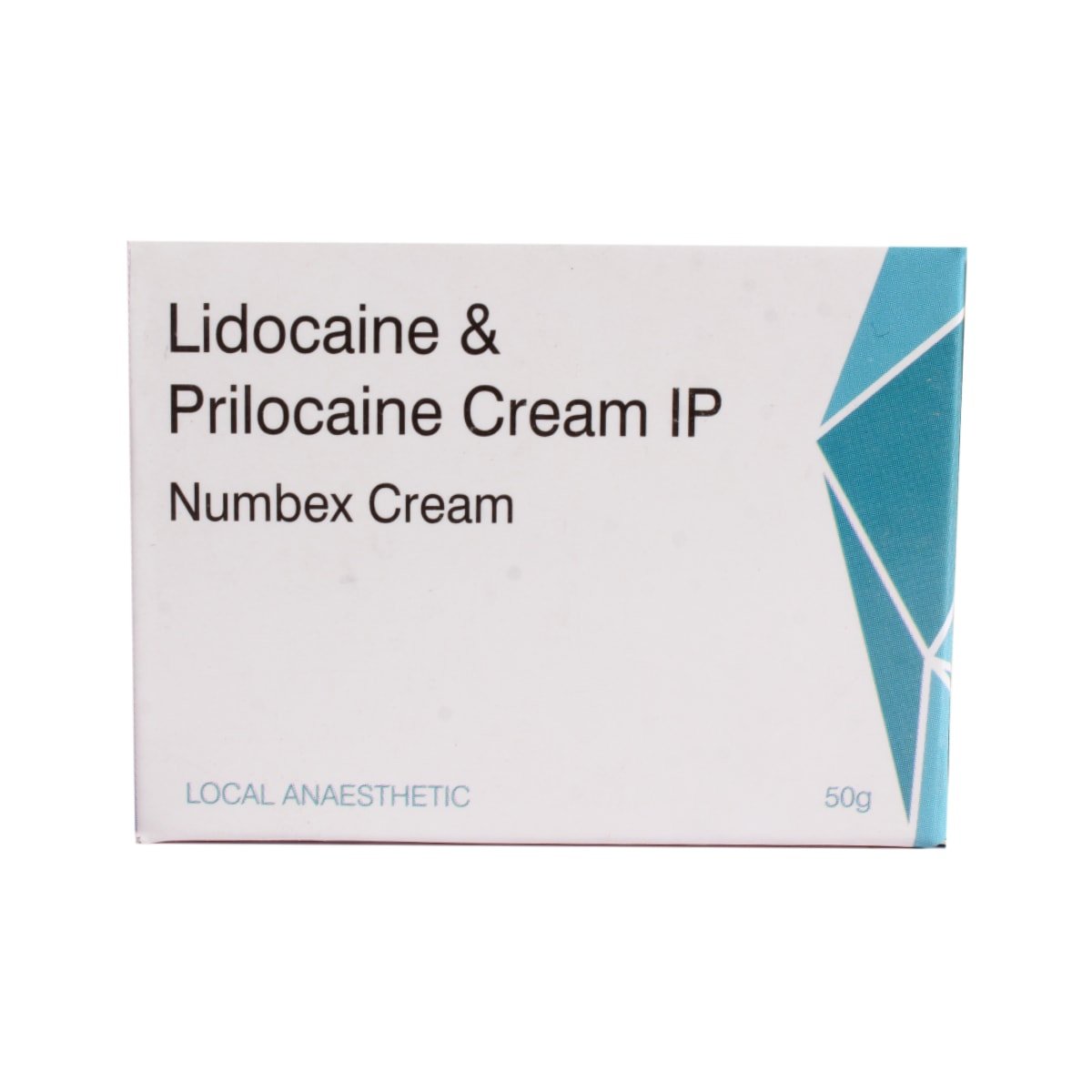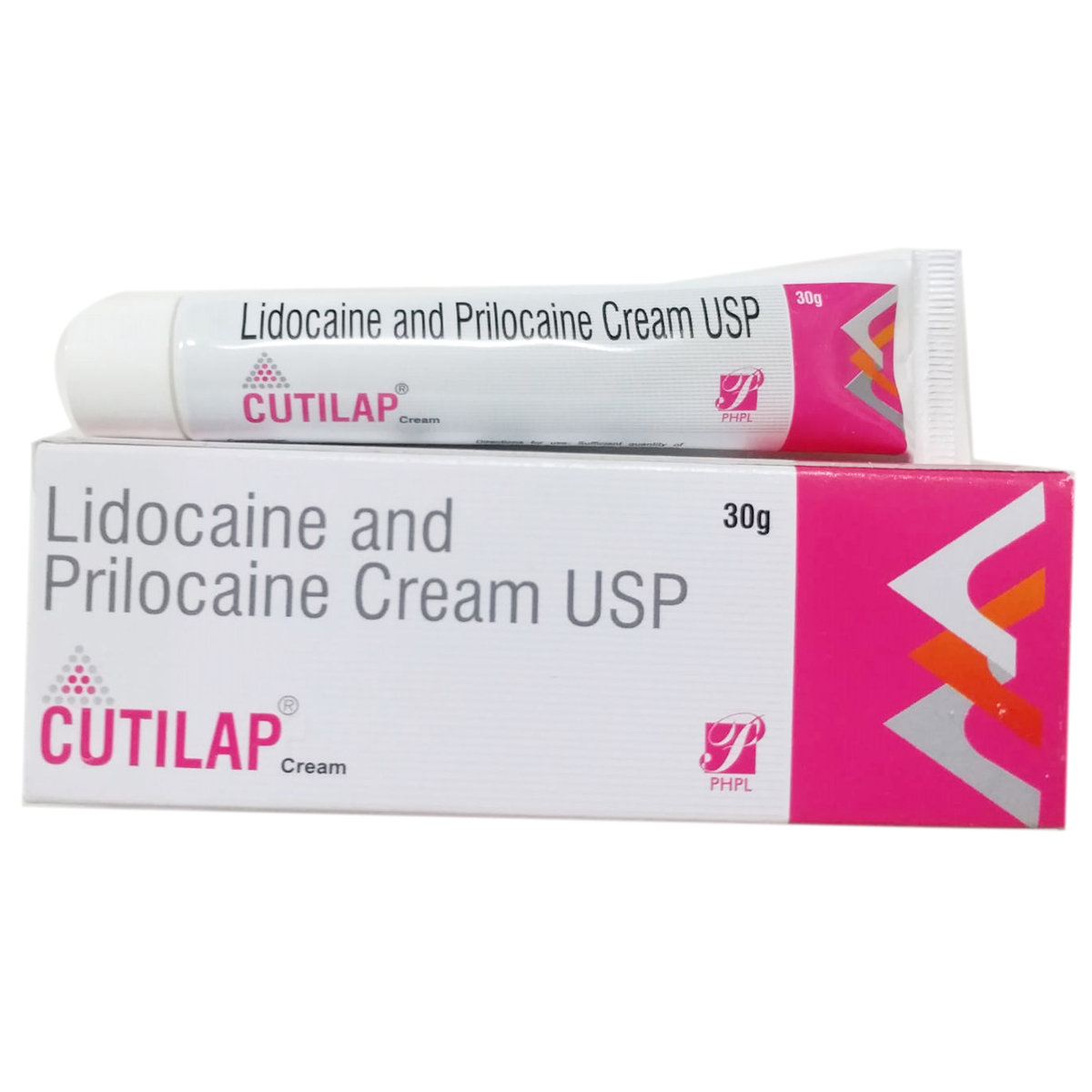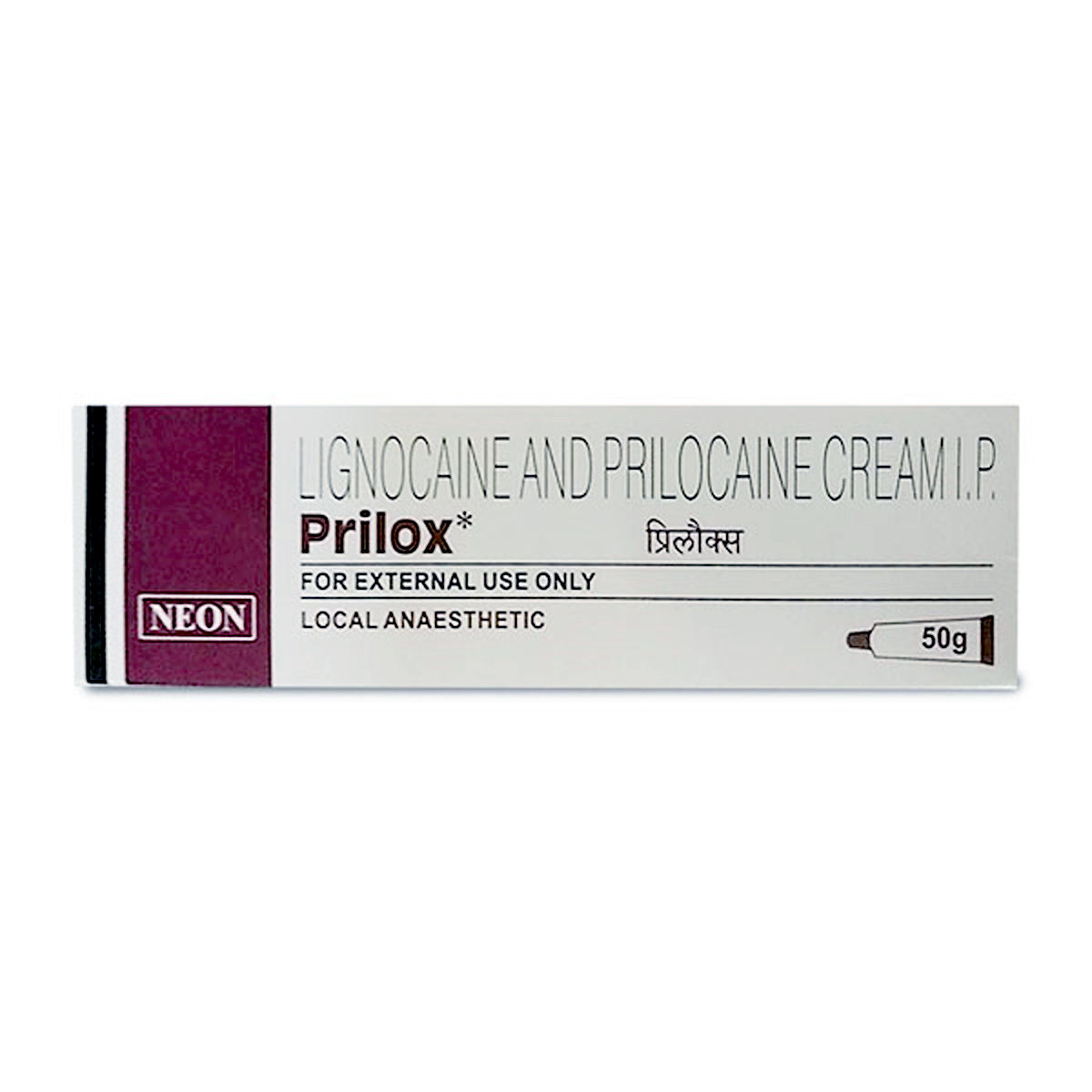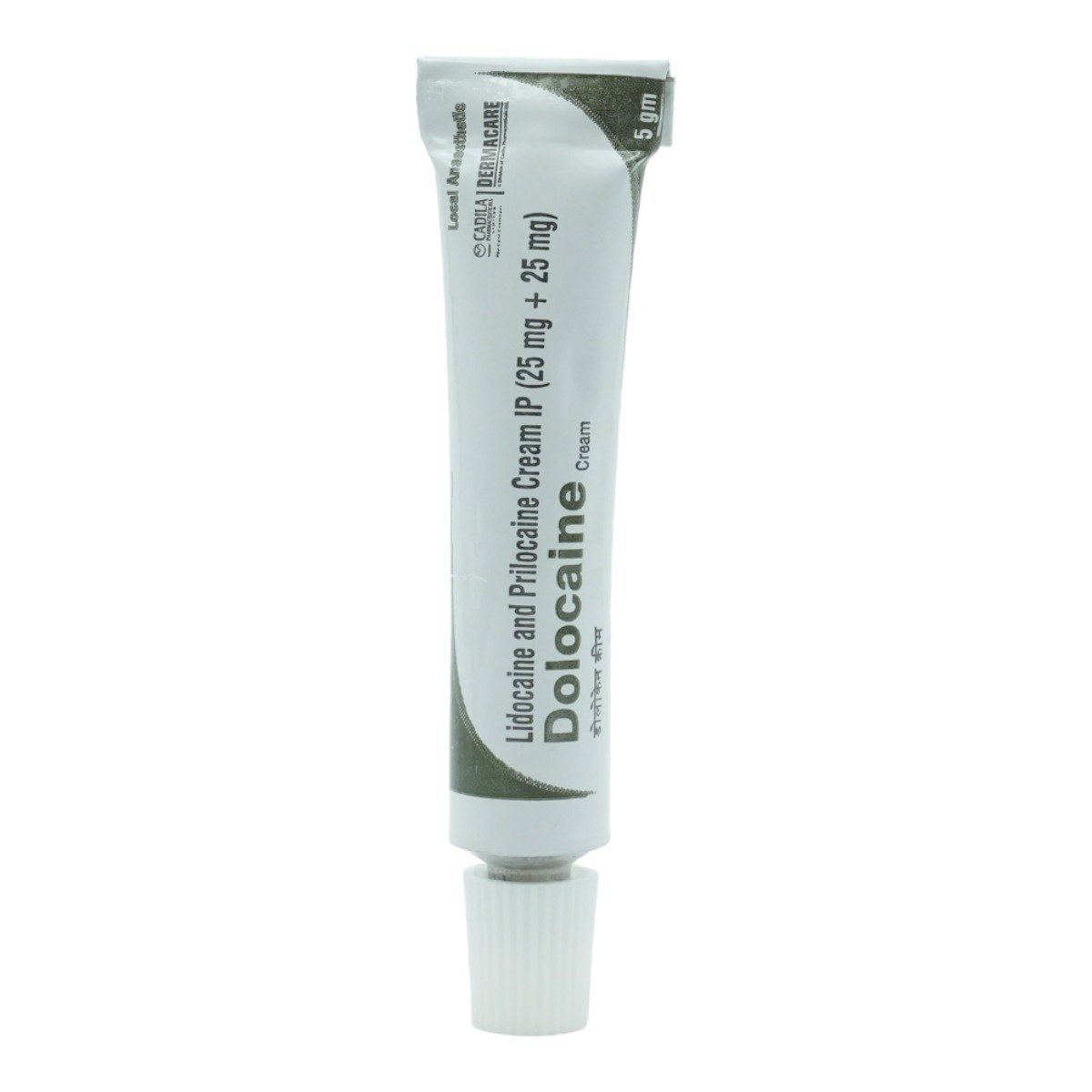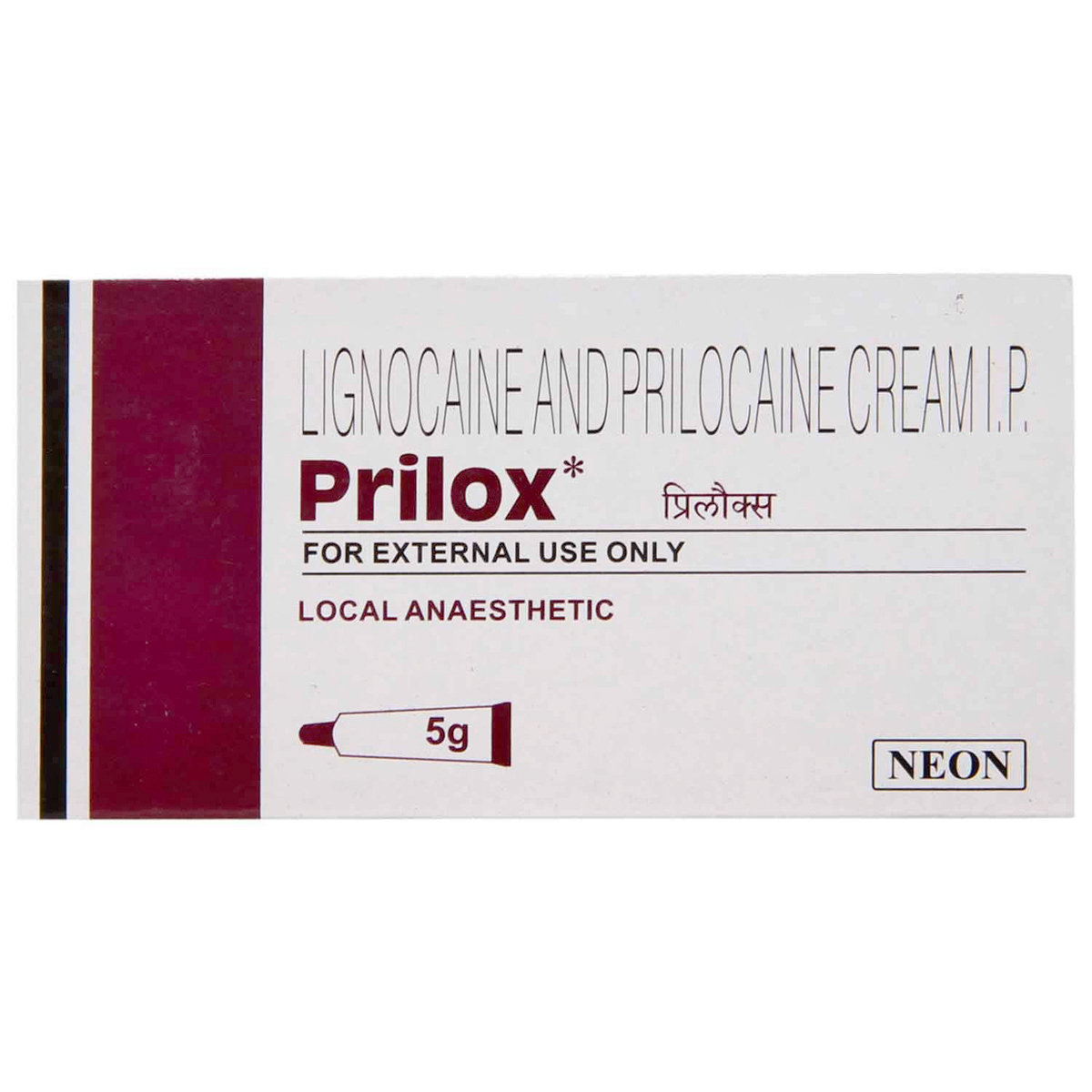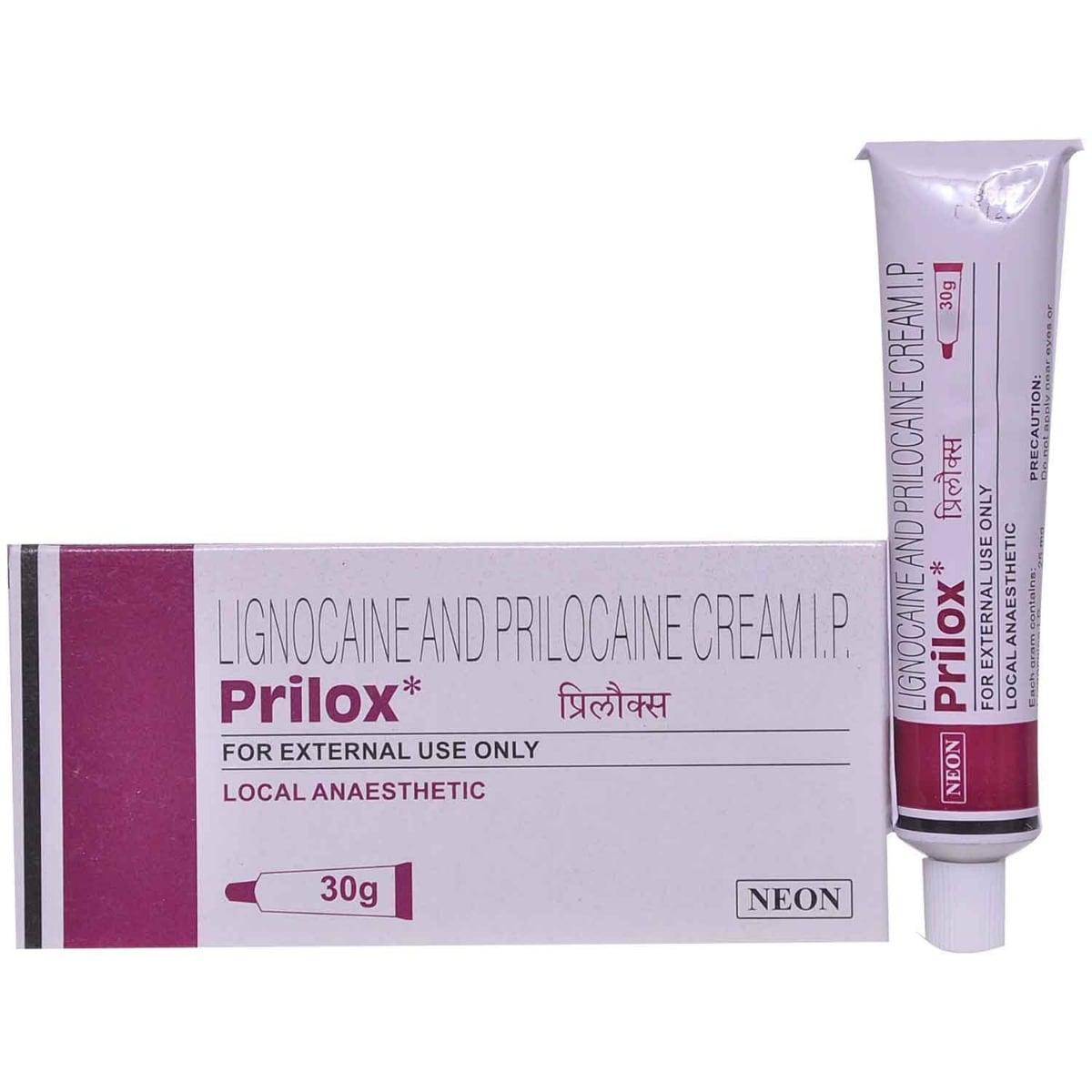Prilox Cream

MRP ₹253
(Inclusive of all Taxes)
₹38.0 Cashback (15%)
know your delivery time
Provide Delivery Location
Composition :
Manufacturer/Marketer :
Consume Type :
Expires on or after :
Return Policy :
Selected Pack Size:10 gm
10 gm ₹227.7
(₹22.77 per gm)
In Stock
5 gm ₹127.4
(₹25.48 per gm)
In Stock
30 gm ₹771.8
(₹25.73 per gm)
In Stock

Secure Payment

Trusted by 8 Crore Indians

Genuine Products
Therapeutic Class
Country of origin
Manufacturer/Marketer address
Author Details
We provide you with authentic, trustworthy and relevant information
Disclaimer
Alcohol
Safe if prescribed
You are recommended to avoid alcohol consumption while using Prilox Cream. Alcohol intake, along with Prilox Cream, may cause increased drowsiness.
Pregnancy
Consult your doctor
Prilox Cream is pregnancy category B drug. If a lady is pregnant then they can use the medicine only after the doctor's recommendation. Please consult your doctor if you have any concerns regarding this, your doctor will prescribe you Prilox Cream only if the benefits outweigh the risks.
Breast Feeding
Consult your doctor
Prilox Cream can be only be used in breastfeeding mothers after the doctor's suggestion.
Driving
Safe if prescribed
Prilox Cream may cause drowsiness, do not drive or operate heavy machinery if you feel drowsy.
Liver
Consult your doctor
Prilox Cream should be used with caution in patients with liver impairment/liver disease. Dose adjustment may be needed. Please consult your doctor if you have a liver impairment or any concerns regarding this.
Kidney
Consult your doctor
Prilox Cream is safe if prescribed to the doctor in patients with serious kidney disease. Please ask your doctor and tell them about all of your liver problems.
Children
Safe if prescribed
Prilox Cream is to be used on children only when prescribed by the doctor.
Product Substitutes
About Prilox Cream
Prilox Cream belongs to the class of local anaesthetics known as 'numbing medication' used to produce local numbness (anaesthesia) on skin before surgical procedure or injections. Pain is a symptom triggered by the nervous system, which causes uncomfortable sensations in the body. Pain may be dull or sharp, it might be constant or intermittent. The tolerance level of pain might vary from person to person.
Prilox Cream is a combination of amide-type local anaesthetics: Lidocaine and Prilocaine. Prilox Cream blocks the influx (entry) of sodium ions into the membrane that surrounds the nerves, thereby preventing initiation and conduction of impulses. Hence, it gives an anaesthetic effect and helps decrease the sensation of pain.
Use Prilox Cream as suggested by your doctor. Do not apply it to broken, irritated skin or open wounds unless directed by your doctor. In some cases, you may experience certain common side-effects such as reactions at the application site (burning, itching, redness and irritation). Most of these side-effects do not require medical attention and will resolve gradually over time. However, you are advised to talk to your doctor if you experience these side-effects persistently.
Before using Prilox Cream, tell your doctor about your medical history, especially if you have broken skin/infection in the area where Prilox Cream to be applied, heart disease, liver disease, a certain blood disorder (methemoglobinemia). Inform your doctor before using Prilox Cream if you plan to get pregnant, are pregnant or breastfeeding. If Prilox Cream comes in contact with eyes, nose, mouth, rectum, or vagina rinse with water immediately. Do not apply Prilox Cream on the swollen skin areas or deep puncture wounds. Inform your doctor about your health condition and medications before using Prilox Cream to rule out any side-effects.
Uses of Prilox Cream
Medicinal Benefits Mweb
Key Benefits
Prilox Cream is a combination of amide-type local anaesthetics, namely: Lidocaine and Prilocaine. Prilox Cream is used to produce local numbness (anaesthesia). It is used to numb the normal, unbroken skin or on the outer genital area to prevent pain before surgical procedures such as inserting a needle, skin grafts or skin laser surgery. Prilox Cream works by blocking the transmission of the nerve signals in the body, thereby helps in decreasing the sensation of pain.
Directions for Use
Side Effects of Prilox Cream
- Itching
- Rash
- Mild burning at the site of the application
- Changes in skin colour at the site of application
Drug Warnings
Use the recommended dose of Prilox Cream to numb the skin. Do not exceed the dose and duration and don't cover treated skin areas with a bandage without the doctor's advice. In some cases, Prilox Cream can cause fatal side effects such as uneven heartbeats, seizure (convulsions), coma, slowed breathing or respiratory failure (breathing stops), if too much of the medicine is absorbed through the skin. Consult your doctor before using Prilox Cream if you are pregnant or breastfeeding, your doctor will prescribe you Prilox Cream only if the benefits outweigh the risks. Prilox Cream causes drowsiness, so drive with caution. Avoid consuming alcohol along with Prilox Cream as it could lead to increased drowsiness. Prilox Cream may not be suitable for people with a blood disorder, glucose-6-phosphate dehydrogenase (G6PD) deficiency, kidney or liver problems. Inform your doctor about your health condition and medications before using Prilox Cream to rule out any side-effects.
Drug-Drug Interactions
Drug-Drug Interactions
Login/Sign Up
Drug-Food Interactions
Drug-Food Interactions
Login/Sign Up
Drug-Diseases Interactions
Drug-Diseases Interactions
Login/Sign Up
Drug-Drug Interactions Checker List
- CHLOROQUINE
- QUININE
- PHENOBARBITAL
- PHENYTOIN
- PRIMAQUINE
- AMIODARONE
- DOFETILIDE
- DRONEDARONE
- MEXILETINE
- TOCAINIDE
- SOTALOL
- NITROPRUSSIDE
- NITROGLYCERIN
- ISOSORBIDE DINITRATE
- NITROFURANTOIN
Habit Forming
Special Advise
- Do not apply near eyes or open wounds.
- Inform your doctor right away if you develop blistering of the skin where the medication is applied.
Diet & Lifestyle Advise
- Maintain a healthy weight by performing regular low-strain exercises and eating healthy food.
- Get adequate sleep as resting the muscles can help in reducing inflammation and swelling.
- De-stress yourself by meditating, reading books, taking a warm bubble bath or listen to soothing music.
- Eat food rich in antioxidants such as berries, spinach, kidney beans, dark chocolate, etc.
- Foods containing flavonoids help in reducing inflammation. These include soy, berries, broccoli, grapes and green tea.
- Avoid smoking and alcohol consumption.
All Substitutes & Brand Comparisons
RX
Out of StockAstria Cream 50Gm
Torrent Pharmaceuticals Ltd
₹84.7
(₹1.52/ 1gm)
93% CHEAPERRX
Numbex Cream 50 gm
Salve Pharmaceuticals Pvt Ltd
₹823
(₹14.81/ 1gm)
34% CHEAPERRX
Cutilap Cream 30 gm
Pure Derma Healthcare Pvt Ltd
₹540
(₹16.2/ 1gm)
28% CHEAPER

Have a query?
Buy best Anaesthetics products by
Neon Laboratories Ltd
Themis Pharmaceutical Ltd
Troikaa Pharmaceuticals Ltd
Samarth Life Sciences Pvt Ltd
Abbott India Ltd
Astra Zeneca Pharma India Ltd
Baxter India Pvt Ltd
Core Claris Lifesciences Ltd
Celon Laboratories Pvt Ltd
Ajanta Pharma Ltd
Miracalus Pharma Pvt Ltd
Torrent Pharmaceuticals Ltd
Zydus Cadila
AP Pharmaceutical
Fresenius Kabi India Pvt Ltd
Galpha Laboratories Ltd
Indoco Remedies Ltd
Anglo French Drugs & Industries Ltd
B Braun Melsungen AG
Cadila Pharmaceuticals Ltd
Claris Lifesciences Ltd
Dr Reddy's Laboratories Ltd
Elder Pharmaceuticals Ltd
Fortel Life Sciences
Hetero Healthcare Pvt Ltd
Icpa Health Products Ltd
Pure Derma Healthcare Pvt Ltd
Salve Pharmaceuticals Pvt Ltd
Sunways (India) Pvt Ltd
VARENYAM HEALTHCARE PVT LTD
Wockhardt Ltd
Zydus Healthcare Ltd
6Ipain Healthcare Pvt Ltd
Admac Lifesciences(Oncology)
Aesmira Lifesciences Pvt Ltd
Albatross Healthcare Pvt Ltd
Amwill Healthcare Pvt Ltd
Anchal Life Science Pvt Ltd
Atopic laboratories Pvt Ltd
Biovenice Criticure
Cellgen Biopharma
Cipla Ltd
Delvin Formulations (P) Ltd
Entod Pharmaceuticals Ltd
Ethinext Pharma
Foremost Marketing Pvt Ltd
Fusion Health Care Pvt Ltd
German Remedies Ltd
Global Dent Aids Pvt Ltd
Greycells Lifesciences Pvt Ltd
Himeros Pharmaceuticals Pvt Ltd
Ici India Ltd
Icpa Lab
Ikon Remedies Pvt Ltd
Intas Pharmaceuticals Ltd
Kopran Laboratories Ltd
Kshipra Health Solutions
Leeford Healthcare Ltd
MSP Pharmaceuticals
Medimarck Biotech
Modi Mundipharma Pvt Ltd
Mylan Pharmaceuticals Pvt Ltd
Optima Healthcare Solutions
Pericles Pharma
Pharmadent Remedies Pvt Ltd
Piramal Enterprises Ltd
Pristine Pearl Pharma Pvt Ltd
Questus Pharma Pvt Ltd
Ranbaxy Laboratories Ltd
Rusan Healthcare Pvt Ltd
Scott Edil Pharmacia Ltd
Skinocean Pharmaceuticals
Themis Chemicals Ltd
Themis Medicare Ltd
Ultra Drugs Pvt Ltd
Vhb Life Sciences Inc
Zee Laboratories Pvt Ltd



